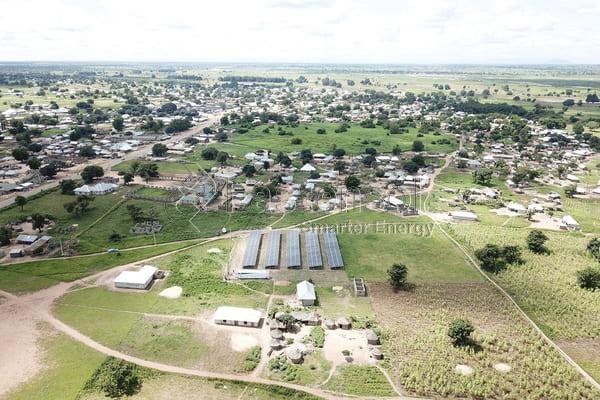Nigeria’s PV potential
Nigeria mainly uses fossil fuels and hydro
in its 4 GW power generation fleet. It has been estimated around 30 GW of
capacity would be needed to fully cover its population of 200 million people.
The International Renewable Energy Agency
(IRENA) estimated Nigeria had 33 MW of grid-connected solar at the end of 2021.
With solar irradiance ranging from 1.5 MWh/m² to 2.2
MWh/m², why does the country remain shackled by energy
poverty? IRENA has estimated renewables could meet 60% of Nigeria’s energy demand by 2050.
Thermal power stations generate around 70%
of Nigeria’s electricity today, with hydro providing
most of the remainder. Five main generation companies (GenCos) dominate and the
Transmission Company of Nigeria is the sole transmission entity, responsible
for the development, maintenance, and expansion of the transmission network.
The distribution sector has been completely
privatized. Power produced by the GenCos is sold to Nigerian Bulk Electricity
Trading Company (NBET) which is the only bulk trader of electricity. It buys
electricity from the GenCos through power purchase agreements (PPAs) and sells
to private distributors through vesting contracts. This structure ensures that
the generating companies get a guaranteed price irrespective of what happens on
the distribution side. There are fundamental problems with the system which
also affect the adoption of solar technology as a part of Nigeria’s energy mix.
due to policy uncertainty and lack of grid
infrastructure,the lack of lender trust in the Nigerian power market also stems
from fundamental issues with the electricity grid, especially with regards to
its reliability and flexibility. That is why most lenders and developers
require guarantees to safeguard their investments. Much of Nigeria’s grid infrastructure is unreliable.
Nigeria is a potentially big market for
solar mini-grids as there are towns and communities without any connection to
the grid.
Mini grids are also an opportunity for
developers and financiers to serve those without access to electricity, and for
the development of captive solar power facilities for heavy energy consumers,
such as mines, to ensure their own reliable and affordable power capacity.
There is also opportunity for development of energy storage solutions to
stabilize local grids.
Tapping Nigeria’s PV potential will require
a synchronous effort between the government, developers, lenders, and
consumers. And time is of the essence now that many countries are in the race
to net zero. Decarbonizing power infrastructure is key.

Related Tages: Metal Roof Mounting, Pitched Roof Mounts, Solar Racking Solution
Fastensol, Your Solar Partner!